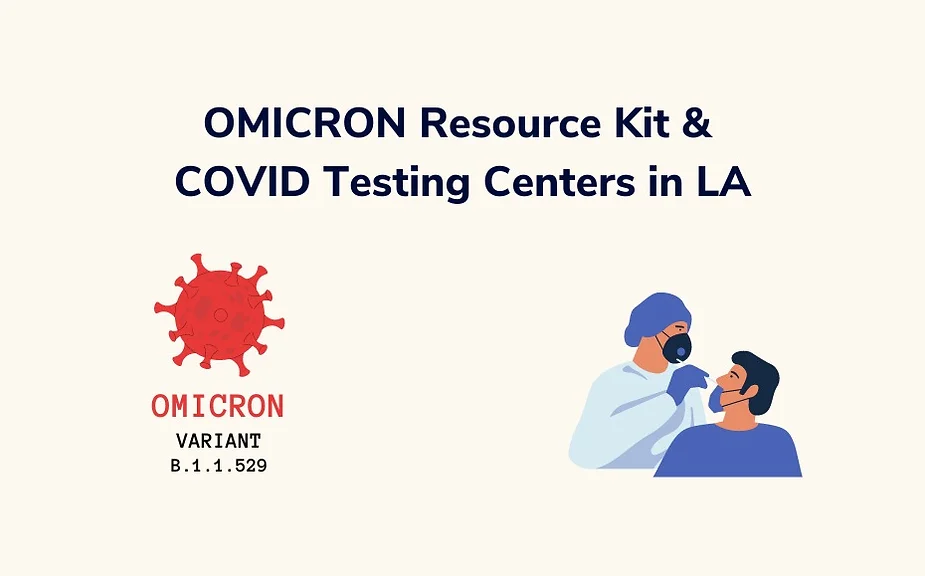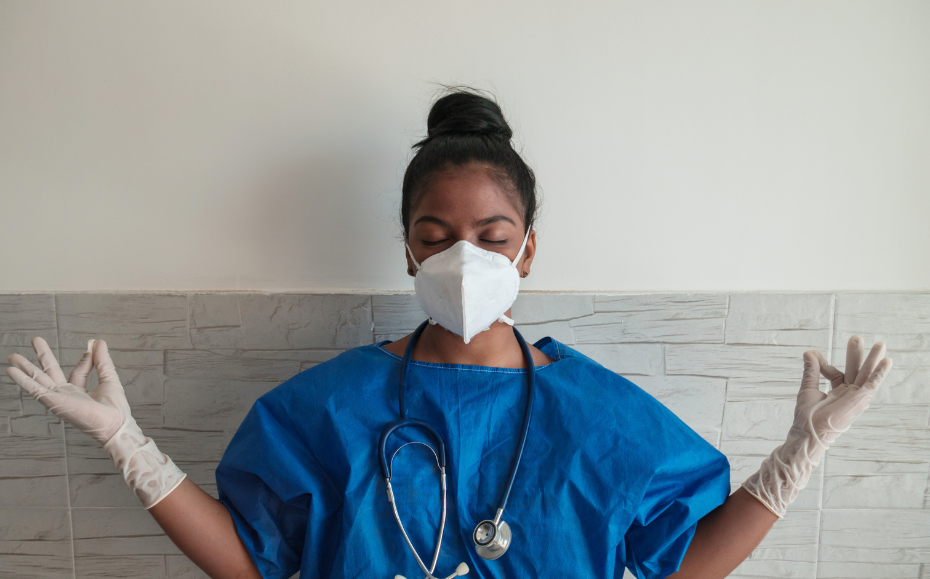- Hello • February 8, 2023
Everything You Need To Know About California’s New Mask Policies

Recently, the Centers for Disease Control and Prevention (CDC) tweaked their mask guidelines. Rather than raw case counts, mask policies will be determined by the actual effect of COVID-19 on hospitals and the community. With this new standard, the CDC identified that 70% of people reside in low to medium risk areas, and can stop wearing masks as a result. Universal masking will still be in place for counties under high COVID risk, and the requirements will not change for public transportation. The CDC also clarified that people with COVID symptoms or positive tests must continue to wear masks as well.
In response to this, the California Department of Public Health (CDPH) have updated their own mask policies. It is important to remember that the CDC guidelines are not federal law. Even if you live in a “low-to-medium” risk county, local governments and private institutions can still enforce their own separate policies. Before you throw away your box of N95s, here is everything you need to know about the changes to the California mask mandates.
Mask Requirements Indoors
Previously, unvaccinated individuals were mandated to wear masks in indoor public settings. As of March 1, 2022, this will no longer be the case for most places. Universal masking will still be required in certain areas identified as high risk. This includes:
- Public Transit (examples: airplanes, ships, ferries, trains, subways, buses, taxis, and ride-shares) and in transportation hubs (examples: airport, bus terminal, marina, train station, seaport or other port, subway station, or any other area that provides transportation)
- Emergency shelters and cooling and heating centers
- All healthcare settings
- State and local correctional facilities and detention centers
- Homeless shelters
- Long Term Care Settings & Adult and Senior Care Facilities
The CDPH still strongly recommends that you wear your mask indoors in indoor public settings and businesses, regardless of your vaccination status. This includes retail, restaurants, theaters, family entertainment centers, meetings and state and local government offices.
New School Mask Policies
Schools and childcare used to be marked as high risk public areas where masks were mandated. After March 11, 2022, these universal requirements will be lifted. This was announced in a joint statement by the California, Oregon and Washington governors. Declining case rates and hospitalizations were cited as the main reason behind these guideline updates. The CDPH still suggests that individuals continue wearing their masks in these settings, even when the requirements are removed.
Strong Recommendations?
Even in areas where the mask requirements are being lifted, masking in indoor spaces is still highly recommended. If the CDC suggested that 70% of Americans are no longer at risk, why are they still recommending masks? In this case, context matters. 30 out of 58 counties in California are still identified as high risk based on the CDC’s new metrics. In line with the agency’s recommendations, individuals with COVID symptoms or positive tests will still be required to wear their masks.
This begs the question: can I finally put down the N95s? If you live in one of the 30 “high risk” counties in California, it is best to err on the side of caution. If you are fully vaccinated, and you live in “medium-to-low” risk zones like San Francisco, it is possible to walk outside maskless with a clear mind. At the end of the day, it all depends on your circumstances and preferences. Many people are itching to go back to normal, but things will not turn around overnight. All you can do is stay informed and updated, as the situation unfolds.













